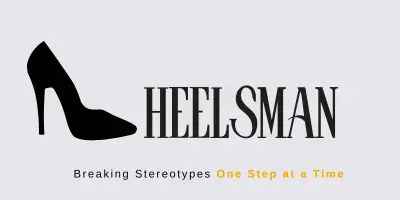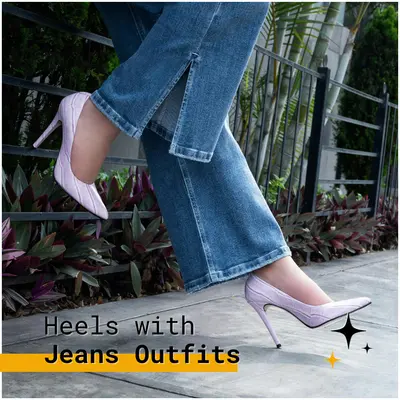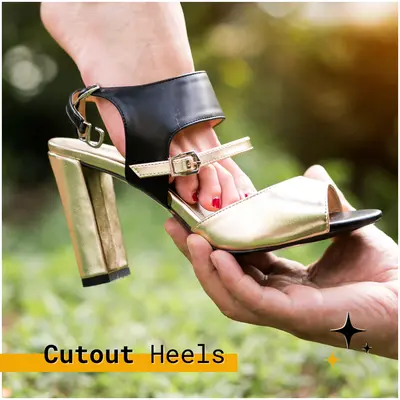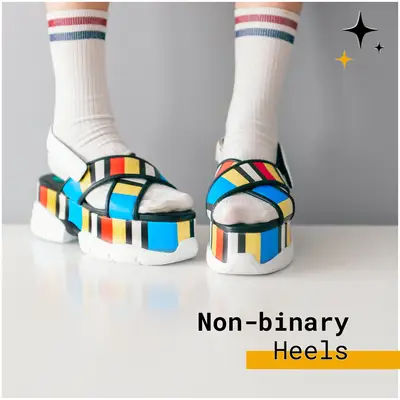– From Traditional to Modern: High Heels in the East
High heels in Eastern culture hold a vibrant and fascinating history, far removed from Western stereotypes of elegance and femininity. In the East, heels embody a blend of tradition, symbolism, and artistry. Each culture has its unique approach to elevated footwear, offering a broader perspective on their cultural significance.
From Japan’s wooden geta to the opulent stilettos of the Middle East, heels in the East are far more than fashion. They tell stories of status, ceremony, and craftsmanship that span centuries. Let’s dive into the captivating journey of heels across Eastern traditions.
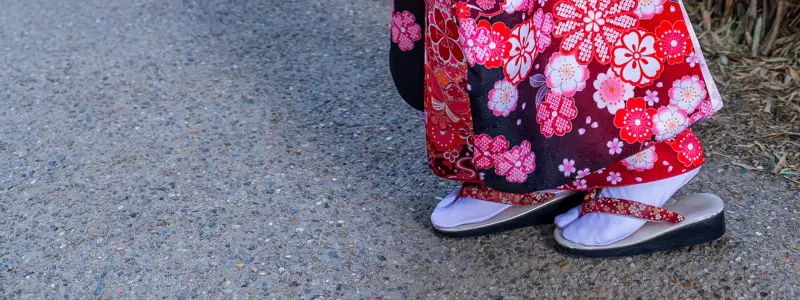
The Symbolism of Elevated Footwear in Asia
In Japan, the geta – wooden platform sandals – serve both functional and aesthetic purposes. Though not “heels” in the conventional sense, their elevated design adds grace to traditional kimonos while keeping the wearer’s feet above muddy streets. Beyond practicality, the geta symbolize cultural identity and heritage, often intricately designed to reflect the wearer’s style.
Meanwhile, in China, the tiny lotus shoes from the foot-binding era hold a complicated legacy. These shoes, worn by women with bound feet, symbolized social status and desirability in ancient times. Though this practice has long been abandoned, its influence echoes in the enduring preference for petite and refined footwear designs.
High Heels in Middle Eastern Elegance
The Middle East approaches heels with a focus on opulence and glamour. In places like Lebanon and the UAE, high-heeled sandals are staples for formal occasions. Their intricate designs, featuring gold, gemstones, and luxurious materials, embody sophistication and wealth.
High heels in the Middle East also play a role in empowering women. They’re often a statement of confidence and individuality, challenging traditional roles while embracing modern femininity. From lavish red-carpet looks to everyday street style, these heels combine heritage and contemporary aesthetics.
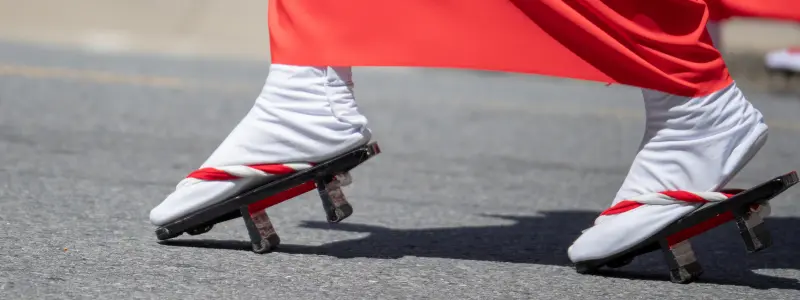
The Art of Geisha Footwear
Japanese geishas elevate footwear to an art form. Their iconic okobo sandals, also known as pokkuri, feature thick, high soles. These shoes not only complement the beauty of their elaborate kimonos but also reflect their cultural refinement and poise.
The craftsmanship of geta and okobo is steeped in tradition. The wood is carved meticulously, often painted or adorned with subtle patterns.
For geishas, these shoes are more than accessories – they’re symbols of their dedication to art, culture, and discipline.
Mojari: A Fusion of Tradition and Fashion
India offers its own interpretation of elevated footwear with the mojari. These colorful, embroidered shoes are typically flat but can feature subtle heels in modern designs. Historically worn by royalty, mojaris symbolize luxury and creativity. Today, they’ve found a global audience, merging traditional patterns with contemporary trends.
Designers in India are reimagining the mojari with added height, appealing to younger generations seeking a blend of heritage and modernity. These shoes now grace runways and weddings alike, showcasing their versatility and timeless charm.
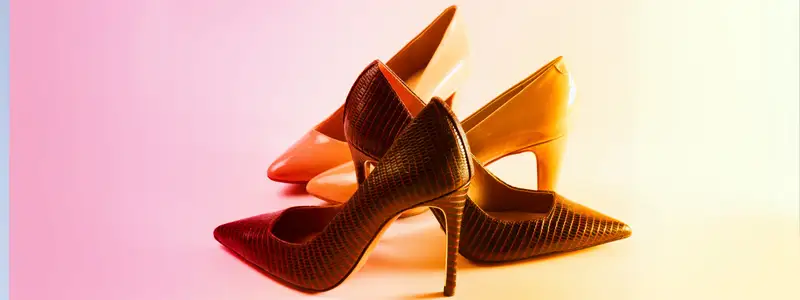
Luxury Heels in Eastern Culture and Modern Trends
Eastern fashion is embracing the evolution of heels, merging cultural traditions with cutting-edge design. From minimalist geta-inspired mules to platform heels dripping with Middle Eastern flair, the options are endless.
Contemporary designers in the East are reinterpreting historical elements, using premium materials to craft footwear that pays homage to tradition while appealing to global markets. These efforts are reshaping the narrative around Eastern heels, turning them into symbols of innovation and cultural pride.
In Eastern cultures, heels often serve as a marker of identity. The materials, colors, and designs tell a story about the wearer’s heritage, status, and personality.
Whether it’s the simple elegance of geta or the dazzling glamour of Middle Eastern stilettos, each pair carries a unique narrative.
Unlike Western perceptions of heels as primarily feminine, Eastern traditions embrace their broader applications. Elevated footwear can signify masculinity, artistry, or ceremonial importance, proving that heels transcend gender and redefine fashion norms.
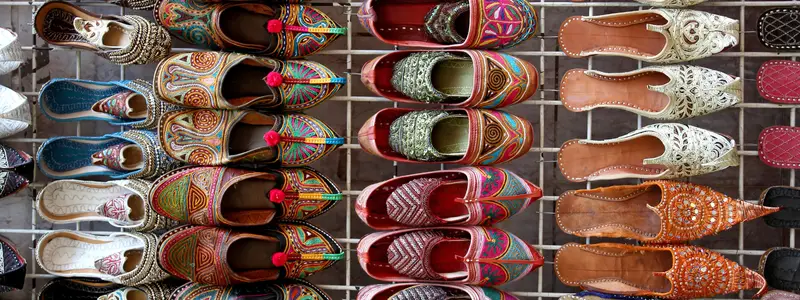
The Global Influence of Eastern Heels
Eastern footwear has made its mark worldwide. Modern fashion houses take inspiration from geta, okobo, and mojaris, blending their elements into global styles. This fusion enriches the fashion world, creating designs that resonate across cultures.
From runways in Paris to streets in Tokyo and museum’s exhibitions, Eastern-inspired heels reflect a universal appreciation for craftsmanship and storytelling. They remind us that fashion is both a personal expression and a bridge between worlds.
Timeless Appeal of Heels in the East
Heels in Eastern culture are more than just shoes – they’re a celebration of history, art, and innovation. Whether it’s the sturdy geta of Japan or the glittering stilettos of Lebanon, they capture the spirit of their origins while inspiring new trends.
As a heelsman, I find these stories deeply resonant. They remind me that every step we take carries a piece of history. So the next time you slip into a pair of elevated shoes, think of the countless footsteps that shaped them.
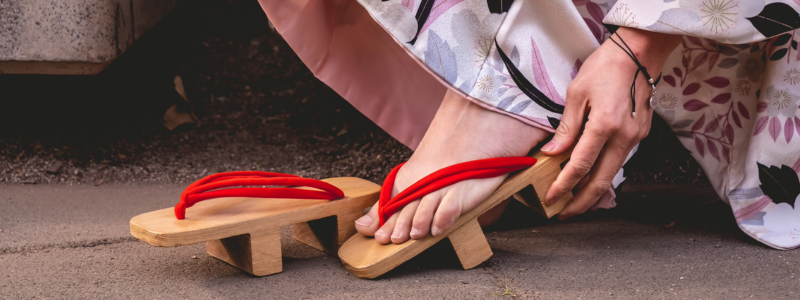
Crafting the Perfect Heel:
When it comes to luxury footwear, Dubai takes things to another level – literally and figuratively. Here, craftsmanship meets excess in the best way possible. Designers push boundaries with sky-high stilettos adorned with gold, diamonds, and intricate embroidery. The focus? Bespoke luxury. Many of Dubai’s elite heels are handcrafted, tailored to the exact specifications of their wearers, proving that in the city of opulence, even a shoe can be a status symbol.
If you want a pair of heels that make you feel like royalty (or quite literally cost as much as a small kingdom), Dubai is the place to go.
Meanwhile, Japan approaches shoemaking with precision, innovation, and a deep respect for craftsmanship. While traditional Japanese footwear like geta and zori have influenced modern fashion, Japan’s high-heel industry thrives on futuristic materials and ergonomic design. Brands here create heels that are not only stylish but engineered for comfort – a concept that feels almost revolutionary. Picture sleek, minimalist stilettos that somehow make you forget you’re walking on inches of elevation.
It’s the kind of balance between form and function that only Japan can perfect.
China, on the other hand, has mastered the art of high-quality mass production while also fostering a growing luxury footwear scene. While many of the world’s designer shoes are produced in Chinese factories, the country is also home to emerging designers who blend traditional craftsmanship with cutting-edge technology. From avant-garde architectural heels to expertly crafted stilettos, China proves that shoemaking is both an art and a science. And let’s not forget: some of the most striking, gravity-defying heels on global runways today come straight from the minds of Chinese designers pushing the boundaries of footwear design.
Honoring Tradition While Stepping Forward
Eastern heels are a testament to the power of tradition and the beauty of innovation. Each culture offers its own take on what elevated footwear means, creating a rich tapestry of stories and styles.
For those of us who live to strut – whether in block heels or towering stilettos – Eastern traditions remind us to step with purpose. Because in the world of heels, every stride tells a story. And the best ones are worth celebrating.
Today's Heelsman Topics – feel free to comment!
FAQs
Are heels common in Eastern fashion?
Yes, both historically and today.
Do traditional Eastern shoes resemble heels?
Some do, like geta and platform sandals.
What do heels represent in Eastern cultures?
Often status, beauty, or performance.
Are modern brands influenced by Eastern designs?
Definitely – innovation knows no borders.
Do men in Eastern cultures wear heels?
Historically, yes. Even today, in some circles.
High heels hold distinct meanings in various Eastern cultures, from traditional fashion to modern interpretations. Their role in history and symbolism makes them a fascinating aspect of global style.
